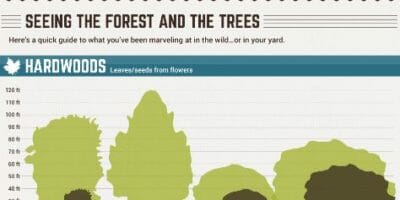Tree Elimination Aftercare: Best Practices For Landscape Recovery
Tree Elimination Aftercare: Best Practices For Landscape Recovery
Blog Article
Post Developed By-Nunez Deal
After a tree's removal, your landscape may look fairly various, and it's essential to assess the consequences carefully. You'll want to assess the soil disturbance and check surrounding plants for any kind of indications of stress. Neglecting these factors can bring about larger troubles down the line. So, what should you perform with those stumps and origins? And how do you select the very best plants for your revitalized area? Allow's check out these crucial steps.
Assessing the After-effects: Examining Your Landscape
After a tree elimination, it's important to analyze your landscape to recognize the influence it carries your lawn.
Begin by taking a look at the location where the tree stood. Search for signs of dirt disturbance, and inspect the bordering plants for any type of stress or damages.
You should also keep in mind of exactly how the removal has altered sunlight direct exposure and airflow in your garden. This change can influence the growth of neighboring plants, so it's important to review their health.
Consider the visual elements also; the removal might create an open space that you can redesign.
Finally, think of https://clarksvillenow.com/local/allergist-offer-tips-for-sinus-allergy-sufferers-during-high-pollen-season/ that could emerge from the tree's absence. Addressing these aspects early will assist restore balance to your landscape.
Taking care of Stumps and Roots: Options for Elimination
Once you've evaluated the aftermath of the tree elimination, you'll likely require to tackle the stump and origins left behind.
You have a couple of alternatives for elimination. One effective method is stump grinding, where a professional uses a machine to grind the stump down to below ground level. This technique leaves very little disruption to your landscape.
If you choose a DIY method, you can use a mix of digging and chemical stump removers. Simply keep in mind, this procedure can take time and initiative.
Conversely, consider leaving the stump as a natural attribute, which can serve as an unique yard aspect or habitat for wild animals.
Whatever https://howtokillapinetreestump40627.activoblog.com/39319447/in-the-midst-of-your-picturesque-landscape-surprise-threats-like-tree-stumps-are-present-discover-vital-methods-for-their-elimination-and-invigorate-your-backyard-today choose, resolving the stump and origins is essential for recovering your landscape.
Selecting the Right Plants for Your New Area
As you examine your recently removed space, choosing the right plants can considerably improve your landscape's appeal and capability.
Start by considering the sunshine and soil conditions. For warm areas, choose drought-resistant plants like lavender or succulents. In shaded places, brushes and hostas prosper well.
Think about the size and development routines of your plants; mix perennials and annuals for seasonal selection. Don't forget to incorporate native types; they need much less upkeep and support regional wildlife.
Team plants in weird numbers for a more natural look and produce layers for aesthetic deepness.
Ultimately, guarantee you have a mix of colors and appearances to maintain your landscape vivid throughout the seasons.
Pleased planting!
Final thought
Finally, recovering your landscape after tree elimination is a fulfilling procedure. By examining the after-effects, dealing with stumps and origins, and selecting the right plants, you'll produce a thriving environment. Don't forget to integrate disintegration control measures to safeguard your dirt. With a little effort and care, you can transform your space into a lively yard that boosts your property. Embrace the opportunity to rejuvenate your landscape and enjoy the appeal of nature right in your yard!
